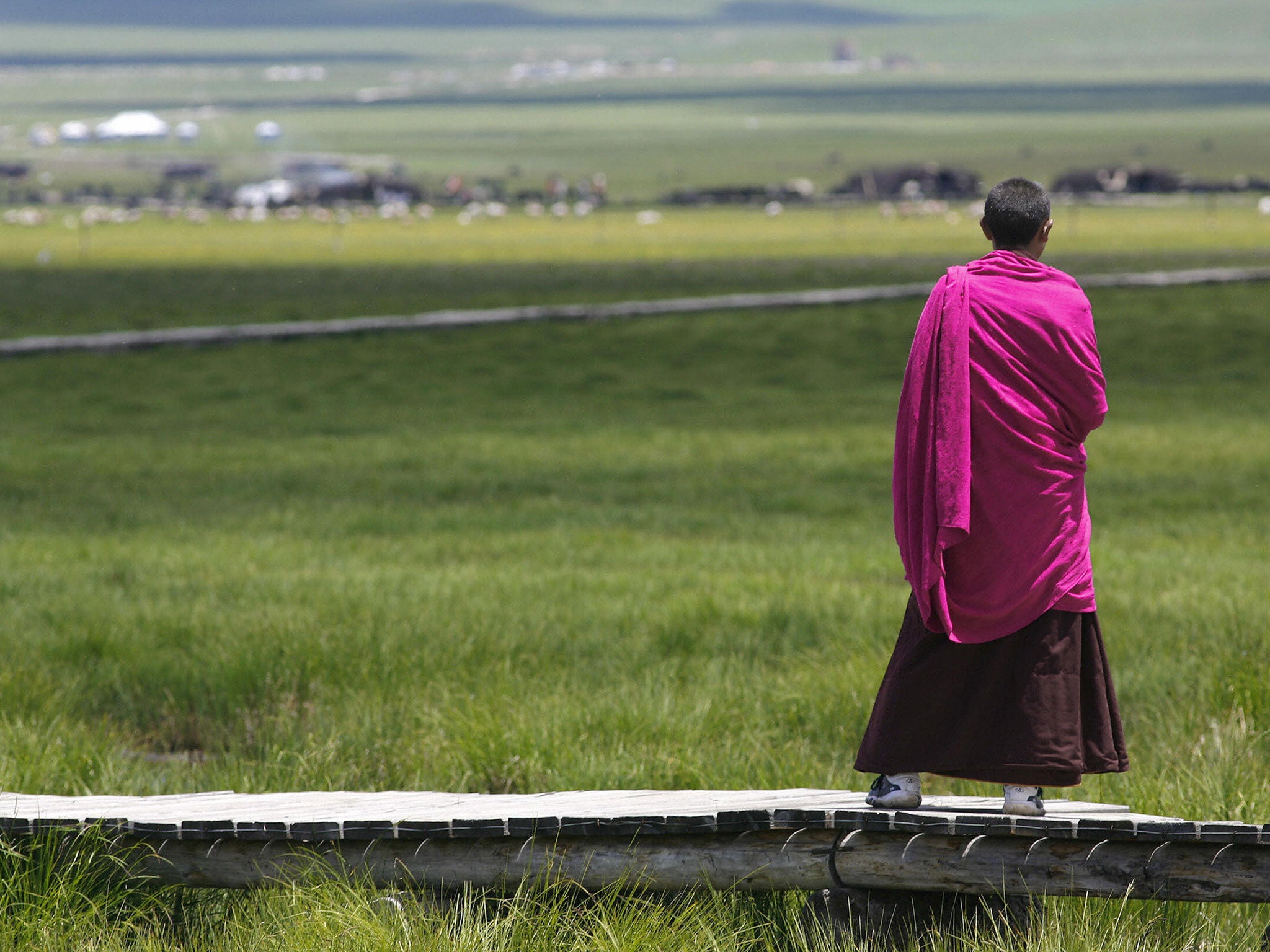The climate change paradox: Rainforests are being felled... but the world is getting greener
The net increase in vegetation is so substantial that the world’s trees and other plants store 4 billion tonnes more carbon today than they did in 2003

Your support helps us to tell the story
From reproductive rights to climate change to Big Tech, The Independent is on the ground when the story is developing. Whether it's investigating the financials of Elon Musk's pro-Trump PAC or producing our latest documentary, 'The A Word', which shines a light on the American women fighting for reproductive rights, we know how important it is to parse out the facts from the messaging.
At such a critical moment in US history, we need reporters on the ground. Your donation allows us to keep sending journalists to speak to both sides of the story.
The Independent is trusted by Americans across the entire political spectrum. And unlike many other quality news outlets, we choose not to lock Americans out of our reporting and analysis with paywalls. We believe quality journalism should be available to everyone, paid for by those who can afford it.
Your support makes all the difference.The dramatic demise of the world’s rainforests has caused concern for years while they have been chopped down at breakneck speed to grow crops and rear cattle – yet the planet has actually become greener in the past decade, with the total amount of plant coverage soaring.
The rise in vegetation is the result of a major tree-planting campaign in China and unintentional increases in grasslands and non-tropical forests in former Soviet states, Australia and Africa, as heavy rainfall and abandoned farms improve growing conditions, according to new research.
The net increase in vegetation is so substantial that the world’s trees and other plants store 4 billion tonnes more carbon today than they did in 2003, according to a study by the University of New South Wales and Australian National University.
Plants help to combat climate change by sucking CO2 out of the atmosphere and converting it into the food they need to grow, locking the carbon into their structures and helping to curb global warming in the process.
“The increase in vegetation primarily came from a lucky combination of environmental and economic factors and massive tree-planting projects in China,” said the lead author, Dr Yi Liu.
“Vegetation increases on the savannahs in Australia, Africa and South America as a result of increasing rainfall, while in Russia and former Soviet republics we have seen the regrowth of massive forests on abandoned farmland.”
The growth of plant cover has also been helped by the causes and effects of climate change. The overall increase in carbon in the atmosphere over the past decade as the world burned increasing quantities of fossil fuels played a small role as the “CO2 fertilisation effect” improved the growing conditions for plants.
Furthermore, as the warming planet melts ice and permafrost in the Arctic, the “tree-line” is moving north, experts said.
Pine and broadleaf forests have shown significant growth in the past 10 years, as have shrublands and savannahs. Meanwhile, grasslands and croplands showed a modest increase, according to the research, published in the journal Nature Climate Change.
But the decline in rainforests over that period has been significant – especially around the edge of the Amazon and in Indonesia’s provinces of Sumatra and Kalimantan.
Scientists say this is particularly alarming because rainforests are much richer and more diverse habitats than grasslands and other types of forests. They also absorb much more carbon per hectare than the savannahs and cropland that have filled in much of the gap left by the rainforests’ demise.
Although the growth in plants provides a welcome boost in the battle to curb climate change, the report warns that the increase in the amount of carbon being sucked out of the atmosphere is nowhere near big enough to counter the overall growth in carbon emissions during the period.
The report also warns that savannahs are a far less stable carbon sink than trees, meaning that much of the good work these habitats have done in absorbing CO2 could be quickly undone by a sustained dry spell.
The main cause of the strong growth in savannahs came from the higher rainfall they have seen in recent years – but the situation could rapidly reverse if they were to experience extended dry periods, said the co-author, Dr Pep Canadell.
“This study shows this capture of carbon is very sensitive to year-to-year changes in rainfall over savannah regions, both for Australia and for the global CO2 budget,” he said. The CO2 budget relates to the amount of CO2 that can be released into the atmosphere if the worst effects of climate change are to be avoided.
One of the most surprising findings was that Australia is greener today that it was a decade ago. This is despite ongoing land clearing, urbanisation and the recent droughts in some parts of the country.
However, the increase in vegetation has not been uniform. The largest increases are in northern Australia, with less increases in the south and a small decrease in the south-east.
Join our commenting forum
Join thought-provoking conversations, follow other Independent readers and see their replies
Comments